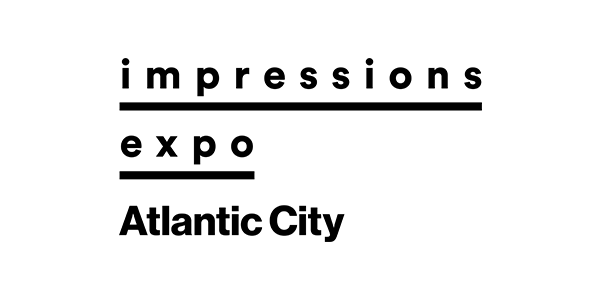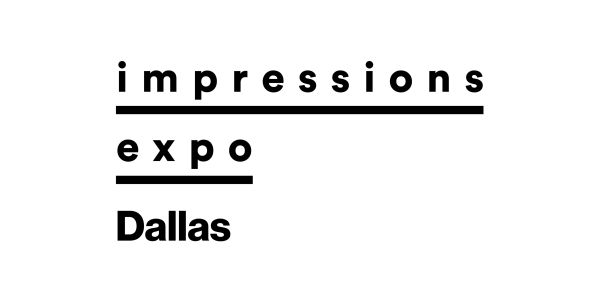Screen printers, embroiderers and heat press decorators need not despair in the face of what look to be the continuing economic headwinds
Between the threat of rising inflation, uncertain economic forecasts and the increasing effects of the on-again-off-again Trump tariffs, businesses across the decorated-apparel industry find themselves in an uncomfortable position. If you’re a screen printer, embroiderer, heat-press specialist or all of the above, you may already be feeling the pinch of higher costs for blank apparel, embroidery thread, inks and other consumables.
But here’s the good news, though—the custom decorated-apparel industry has proven its resilience in tough times before, and it’s in many ways perfectly positioned for whatever else may come along, in both the near or long-term future. During the pandemic, T-shirt screen printers, direct-to-film (DTF) and direct-to-garment (DTG) decorators pivoted creatively to serve shifting demands. Many businesses not only survived but came out stronger. While the future may posed any number of different challenges, it will also present opportunities for those prepared to adapt, innovate and rethink their operations.
The Impact of Tariffs and Inflation on Custom Decorated Apparel
The Trump-era tariffs on imports, including those impacting everything from textiles to raw materials and some of the industry’s most high-tech decorating equipment (think digital decorating and embroidery, especially), stand to significantly increase costs across the board. Add to this the broader pressures of inflation, and it becomes clear why many businesses are grappling with, or at the very least anticipating rising production expenses.
On top of these challenges, the business community as a whole is contending with the threat of a potential recession—the decorated apparel industry included. Bottom line: no one can predict the exact trajectory of the economy, causing many apparel decorators to feel increasingly uncertain as they face with the prospect of clients large and small possibly reducing spending. Large corporations, for example, a significant revenue stream for many custom T-shirt screen printers and embroiderers, may very well shrink as the business community looks to adapt to difficult times.
Despite these hurdles, though, all is not doom and gloom—because challenges often inspire innovation.
Decorated Apparel and Lessons from Years Past
The decorated-apparel industry has already proven its ability to adapt. During the pandemic, businesses pivoted to meet changing demands, producing everything from branded face masks to bulk custom Zoom-call-friendly hoodies. The underlying takeaway? Agility is key to survival.
Whether dealing with a pandemic or tariff-related economic uncertainty, innovators in the custom-apparel field have consistently demonstrated resilience. Overcoming challenges has built a more flexible and creative industry primed for navigating this current storm. You can draw inspiration from this success as you strategize for the future.
The Path Forward for Apparel Decorators
To offset rising costs and prepare for economic uncertainty, here are some concrete steps your business can take:
1) Audit Your Garment Customization Operations
Take a deep, granular look at your current processes and expenses. From energy use to the types of consumables you order, there may be areas ripe for cost optimization:
- Look into energy-efficient equipment upgrades that reduce long-term electricity bills.
- Evaluate your supply chain—could you source blank apparel or consumables in bulk at a discount?
- For example, transitioning to eco-friendly inks not only aligns with sustainability trends but could also cut expenses if sourced strategically.
2) Focus on Innovation, Decorating Tech
When times get tough, bold innovation often leads to breakthroughs. Consider adding new services or enhancing existing ones. For example:
- DTF transfers are fast gaining popularity for their versatility and efficiency in producing smaller-run orders. If your business primarily focuses on screen-printing or embroidery, branching into DTF could expand your service offerings.
- Similarly, specialty embroidery services, like puff embroidery or metallic threads, can help you stand out and command premium pricing.
Investing in innovation not only diversifies your income streams but also positions your business as a leader in the industry.
3) Build Strong Relationships with Suppliers
With costs on the rise, strengthening your relationship with your suppliers could pay dividends. Reach out to negotiate bulk discounts, extended payment terms, or exclusive deals for your business. Many suppliers value long-term partnerships and may offer better terms to help you weather the tough times.
4) Invest in Employee Training and Retention
In good times and bad, your team is the backbone of your business. Investing in training ensures your employees are equipped to handle new technologies or workflows that may boost productivity. Retention is equally important—happy, skilled employees are far more valuable than the costs of hiring and training new staff.
Consider hosting regular skill-development workshops or incentivizing employees with benefits like flexible hours.
5) Use Data to Drive Decisions
Track everything—costs, sales trends, customer preferences—then use this data to make smarter decisions. For example, evaluating sales data might show that custom hoodies are outperforming T-shirts in your region. With that insight, you could pivot to highlight hoodies in your marketing campaigns.
6) Double Down on Community Engagement
Leverage your loyal customer base to drive growth. Whether through social media contests, local partnerships, or special offers for repeat customers, your community can be one of your greatest assets. Highlight their success stories using your services—celebrating their wins is also a soft pitch for your business.
Thriving Through Uncertainty
While economic uncertainty is undeniably challenging, it’s worth remembering that the decorated-apparel industry has always been built on creativity and resilience. Whether you’re a custom embroiderer, heat-press decorator or DTG printer, opportunities abound for those willing to innovate and adapt.





